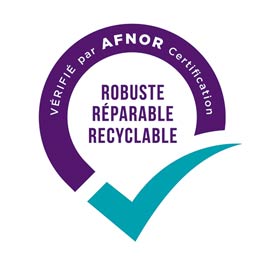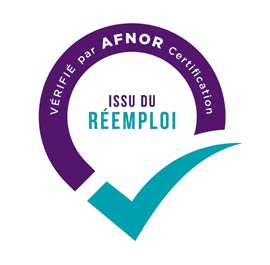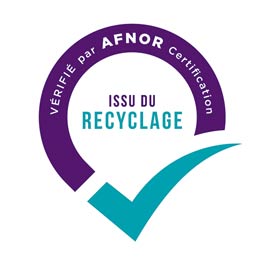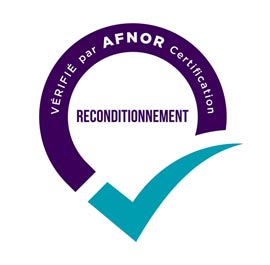

Eco-design is one of the many facets of the circular economy. The voluntary standard XP X30-901 is one of 7 entries on the subject. In concrete terms, eco-design aims to reduce the environmental impact of a product or service right from the manufacturing phase. This makes it easier to dismantle, recycle or dispose of once consumed. For example, switching from multi-material to single-material packaging, with the same performance and quality, is an act of eco-design, because it facilitates end-of-life processing.
With AFNOR Compétences, you can
learn about eco-design issues
. Finally, for companies committed to a circular economy approach and having finalized eco-design projects, it’s a good idea to have the ecological virtues of these projects recognized by an objective sign, differentiating them on the market. The AFAQ Eco-conception mark of recognition exists.
Stand out from the crowd with AFAQ Eco-conception
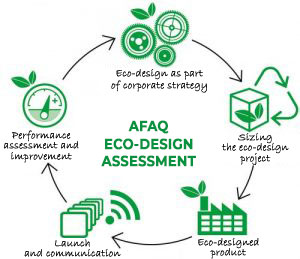 The AFAQ Eco-design assessment offers a number of advantages:
The AFAQ Eco-design assessment offers a number of advantages:
- assess its ability to integrate eco-design into its company’s practices, as advocated by the government’s Circular Economy Roadmap and the UN’s Sustainable Development Goals (SDGs);
- choose a preventive approach to better control risks and costs at every key stage of the design and development process;
- Conduct a life cycle assessment (LCA) of your products;
- provide proof to consumers and stakeholders that we design in an eco-responsible way to reduce environmental impact and facilitate end-of-life sorting;
- Encourage technological and organizational innovation within your company by systematically integrating environmental criteria into all phases of product or service design and development.
Demonstrate the sustainability of your practices
Offering products, services or processes that guarantee an extended lifespan, for the same or a different use, is good; providing proof that this is really the case, and thus convincing the buyer, is better! With this in mind, AFNOR Certification has developed a range of signs of recognition, grouped together under the name “Second Life Verification”.
Do you approve of a more responsible consumption model? Perfect, but prove it and differentiate yourself with a stamp that speaks to everyone, both for your actions contributing to the conservation of value (repair, reuse) and for those contributing to the recovery of value (recycling, reconditioning)!
AFNOR Certification sends you an auditor to check the reality and robustness of the process, and thus objectify your sustainability declarations. Please note: verification services do not lead to certification, as defined by ISO 17021 (for management systems and product certification), but are subject to the principles of ISO 17029 (covering conformity assessment procedures for validation and verification activities). Among the forms of second life thus recognized :
- Repair: action that restores, maintains or extends a product’s characteristics and performance, and thus its lifespan.
- Reuse: any operation enabling products (not considered as waste) to be used again for a purpose identical to that for which they were designed (article L. 541-1-1 of the French Environment Code).
- Reconditioning : a series of tests and technical interventions aimed at restoring a product’s original safety and performance conditions (decree no. 2022-190).
- Recycling: a process that transforms (through mechanical, physical or chemical processes) materials previously used in the components of one product into another.
AFNOR Certification also distributes the
label
Qualirépar
label, to identify electrical and electronic equipment repairers who are partners in this program managed by eco-organizations Ecologic and Ecosystem as part of the 2020 AGEC law.
